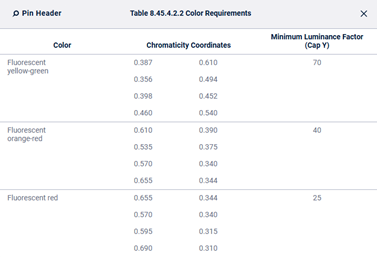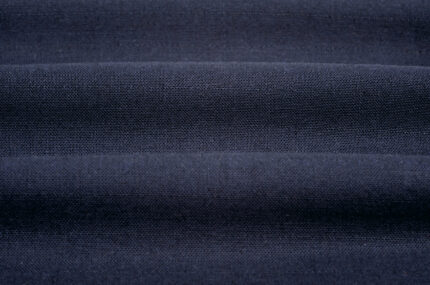This website uses cookies so that we can provide you with the best user experience possible. Cookie information is stored in your browser and performs functions such as recognising you when you return to our website and helping our team to understand which sections of the website you find most interesting and useful.
NFPA 1971:2018
Minimum requirements for design, performance, testing, and certification of structural fire protection assemblies and assembly elements, including pants, coveralls, helmets, gloves, shoes, and interface components
This standard does NOT specify any requirements for protection against CBRN terrorist agents (chemicals, biological agents, radiological particles)
The aim is to establish a minimum level of protection for firefighters assigned to the rooms of the fire brigade (structural or local fire), rescue, medical emergencies and other first aid functions.
It provides a limited level of protection against thermal, physical, environmental and blood-borne pathogenic hazards encountered in building firefighting. For its part, it lays down the requirements for limited protection against thermal exposures with high levels of radiant heat, convective and conductive heat and physical exposure; also against environmentally harmful liquids and particles.
All individual elements of the protective order that are marked by an accredited laboratory as compliant with this standard must undergo annual recertification.
All companies (manufacturers, manufacturing facility, product control, quality assurance, compliant product assurance, and marketers) must be accredited by the registered ISO 9001 quality system.
Each element of the protective arrangement must be provided with at least 1 permanently and visibly attached label, printed at least in English. The name of the manufacturer, his address, the country of manufacture and the identification number of the article with a batch or serial number, as well as the year and month of manufacture, shall be indicated; Name, number or design of the model and precautions to be taken when cleaning.
This is made possible by an outer layer, a moisture barrier and a thermal barrier consisting of one or more layers.
The garments must be equipped with a device that allows the moisture barrier and the thermal barrier to be attached to the outer shell.
Closure systems (jacket, fly, pants) must be manufactured in such a way that they provide thermal and continuous moisture protection. The garment must be made from sewing thread that is naturally flame retardant (melting temperature > = 260 °C (500 °F).
- Samples are analyzed for 24 hours after 5 washing and drying cycles according to AATCC 135 cycle machine 1, washing temperature V and conditioned according to ASTM D1776/D1776M (21°C±3°C, 65%±5% relative humidity) and analyzed within 5 minutes of conditioning.
- Burst: 10 conditioned samples, assay according to ASTM D6797
- Water absorption resistance test: 3 samples; Test according to AATCC 42 volume of water from 500 mL at 27 °C +/-1 °C (80 °F +/- 2 °F) poured over the sample. PWA water absorption calculated in %
- Water penetration resistance: 5 samples; Test according to method 5512 (25psi)
- Resistance to liquid penetration: Test on textiles and sewing. 3 samples conditioned at 21ºC +/-3ºC (70ºF) and a relative humidity of 65% +/-5% for 4 hours. Testing according to ASTM F903. Each liquid should be tested against each sample separately: AFFF 3% aqueous film-forming foam, 37% battery acid, phosphate ester-based refractory hydraulic fluid containing 50-80% tributyl phosphate, substitute gasoline (ASTM D471), swimming pool chlorination chemical at least 65% free chlorine, automotive antifreeze (ethylene glycol 90%) The normal outer surface of the material should be exposed to the liquid according to the orientation of the deposit.
- Tests fluorescent color requirements (yellow, orange, red). 3 samples. Determination of the retroreflection coefficient according to ASTM E809. Measure color according to ASTM E991

- Test of penetration of liquids in sets and complete garments; Applicable to protective garments, interface gowns, garments, gloves or pants with integrated booties or complete sets.
- 3 complete outfits fitted to the mannequin (chest, waist and crotch height measurements) were tested. Test according to ASTM F1359 with surface tension of water of 35 dynes/cm +/-8; mannequin upright, arms and legs straight. Procedure B: 10 min with 2.5 min in each of the 4 orientations. One of the 3 samples will be allowed to show leakage on the garment in an area not exceeding 20cm2 (3.1in).
- Breaking Resistance Test: 10 cycles ASTM D5034
- Conductive and compressive thermal resistance test: representative composite samples of all layers of the shoulder areas and knees used in the garment. 6 samples of each wet. test according to ASTM F1060 at 280ºC+/-3ºC(536ºF) t0: sensor and sample in direct contact with the exposure surface.
- Determine the time until a 2nd degree burn >= 25 seconds.
- Wet Flexural Test; applicable on outer garment shell materials, 5 samples that were immersed in water at 60ºC +/-3ºC (140ºF) for 15 minutes. After placing the wet samples between blotting papers, a 4.5 kg (10lb) weight, 75mm diameter, 125mm long steel bar is rolled over the sample for four cycles, 8 passes. The sample is placed in the bending device at a tension of 13.5N to 15.75N.
- Low temperature flex test for outer garment shell materials, 5 samples. 4 hour conditioning at -32ºCF (-25ºF). The sample is placed on a template that closes in less than 3 seconds so that it folds face out.
- High temperature block resistance test for the materials of the outer shell of the garment according to Method 5872
- Test for resistance to degradation by light. The samples will be subjected to 40 hours of continuous light. they will be removed and conditioned at 21ºC +/-3 (70ºF) and 65% +/- 5% relative humidity for 4 hours.
- Particle internal leakage test applicable to protection assemblies against liquids and particles; 3 samples. The test will be carried out in a sufficiently large chamber with a stable airflow directed at the test subject. The aerosol used will be a combination of silica 50% tetraethylene glycol 42% 6 & Tinopal. Visual inspection with black light with a wavelength of 365nm. A 35mm camera or equivalent is used to photograph under ultraviolet light before and after aerosol exposure.
- Test of transmitted and stored thermal energy applicable to the sleeves of garments. Test according to F2731 with exposure time of 120 seconds. Time to 2nd degree burn will be calculated
- Flame resistance test according to ASTM D6413M, vertical test in original state and after 5 washing cycles. We evaluated the ability to self-extinguish the applied flame for 12 seconds once removed. The char length of the material after exposure to the flame is also measured. Compounds are individually tested. We observe and record the ease of ignition and char characteristics. This length cannot exceed 100mm and cannot show residual flame 2 seconds after removal and cannot be melted.
- Test for resistance to heat and thermal shrinkage according to ISO 17493. Test on original and after 5 pretreatment cycles. The fabric is exposed to 5 minutes of heat in a 260°C (500°F) oven. The thermal contraction of the fabric after being exposed to high temperatures is evaluated. A contraction > 10% will not be valid. Excessive shrinkage could compromise the firefighter’s mobility and affect the insulating qualities of the garment.
- Tear resistance test for outer layers and collar lining according to ASTM D5587 by trapezoidal procedure in original and after 5 wash cycles. The test measures the force (in pounds) required to continue an existing tear.
- Seam breaking strength test according to ASTM D1683 after conditioning. The size of the test tubes is 50mmx200mm with the seam dividing the length in two until the test tube breaks.
- Viral Penetration Resistance Test per ASTM F1671M for Bloodborne Pathogen Protection using Phi-X-174. Evaluates the ability of moisture barrier fabric and seams to prevent pathogens from coming into contact with the firefighter. The passage of the virus is evaluated after 1 hour. Any evidence of passage of virus through the tissue constitutes a failure.
- Corrosion resistance test according to ASTM B1/7. It is applied to the metal fasteners of the garment in a saline spray for 20 hours. Afterwards the metal may only show slight corrosion on its surface and the hardware must still be functional.
- Total Heat Loss (THL) test per ASTM F1868, garment conditioning compound on a sweating hot plate to assess heat transfer in humid conditions and thermal resistance in dry conditions. These values are combined in an equation to provide a total heat loss value. Higher values indicate better performance and lower values indicate heat loss.


